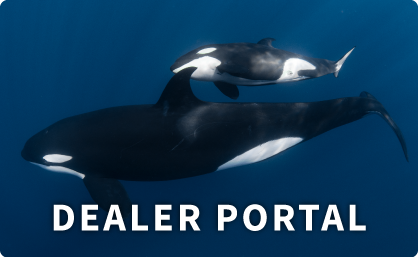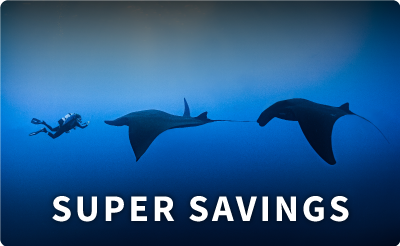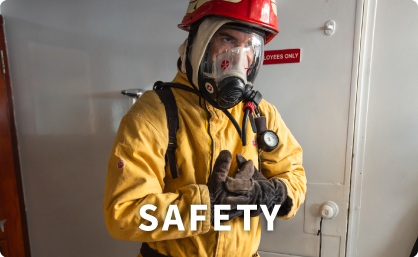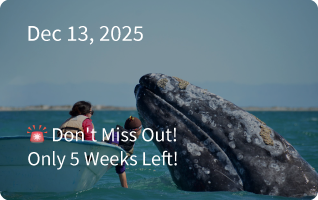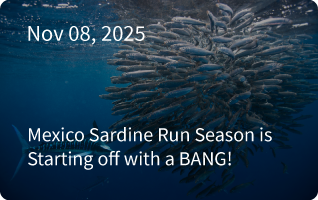Location: Dillon Rock, Shushartie Bay, Port Hardy, British Columbia
Comments: We spent today scuba diving another famous, iconic British Columbia dive site – Dillon Rock in Shushartie Bay. We have staged many, many dives at Dillon Rock over the years and always had fabulous luck with finding both wolf-eels and giant pacific octopus (“gpo’s”). On occasion, our divers have spotted as many as 6 wolf-eels and 5 octopus (octopuses? octopii?) on one dive. There is a beautiful kelp forest at the west end of the dive site and it’s also the best place we have found for spotting vermillion rockfish and ratfish (or rabbit fish as they are called in Europe). Terrestrial wildlife viewing is also pretty darned good with lots of black bears on the beach, loads of eagles and impressively large flocks of seagulls (we sometimes see literally thousands of gulls wheeling and turning over the beach).
I have to state for the record that I stand corrected on all the scuba diving briefings that I have given on this site over the years. Ratfish are indeed a member of the shark “family” as I thought. My mistake was in thinking that the sexual organ of the male ratfish is on it’s forehead (which kind of makes sense in a bit of a twisted way). There is definitely “something” that extends and retracts on the forehead of male ratfish but it turns out to be a “third clasper.” Like other sharks and rays, the male ratfish has 2 claspers underneath and close to their stern. Unlike any other cartilaginous fish, the ratfish has a 3rd clasper on it’s forehead that it apparently uses to latch on to the pectoral fin of a female during mating. One of the guests on this trip has the photographic evidence that clearly shows this. I stand corrected – the male ratfish has a clasper used to facilitate sex on it’s forehead. The sharks’ sexual organ is in the regular place.
–Captain Mike
Weather: Broken mid-level clouds. Rain showers. Calm winds and flat calm seas. Air temp’s in the low 60’s. It is unseasonably cold for June. At this rate, I am going to have to rewrite our trip descriptions!!
Water: 46 – 47°F. Visibility very low on this morning’s dive (ie. 10 feet) but much better in the afternoon (ie. 20 – 25 feet).

